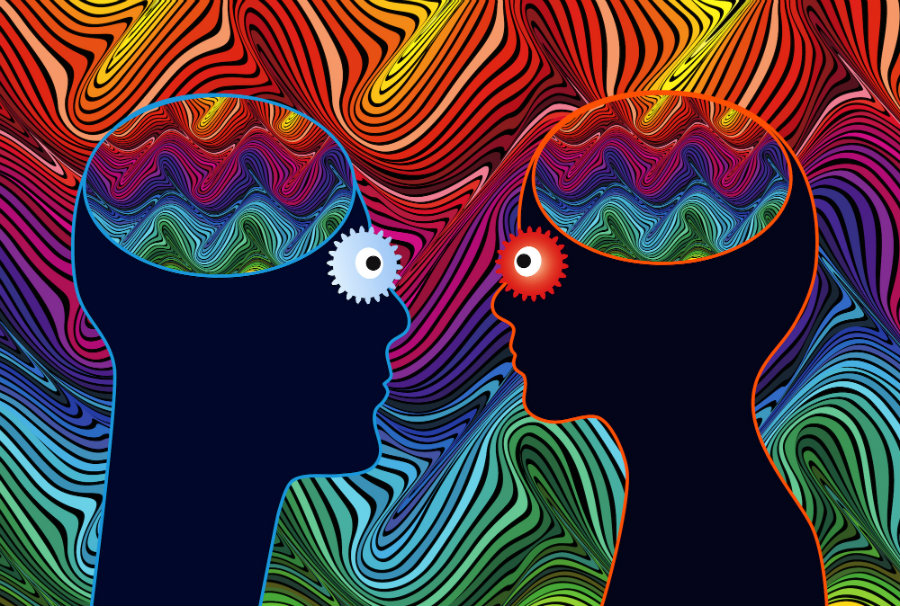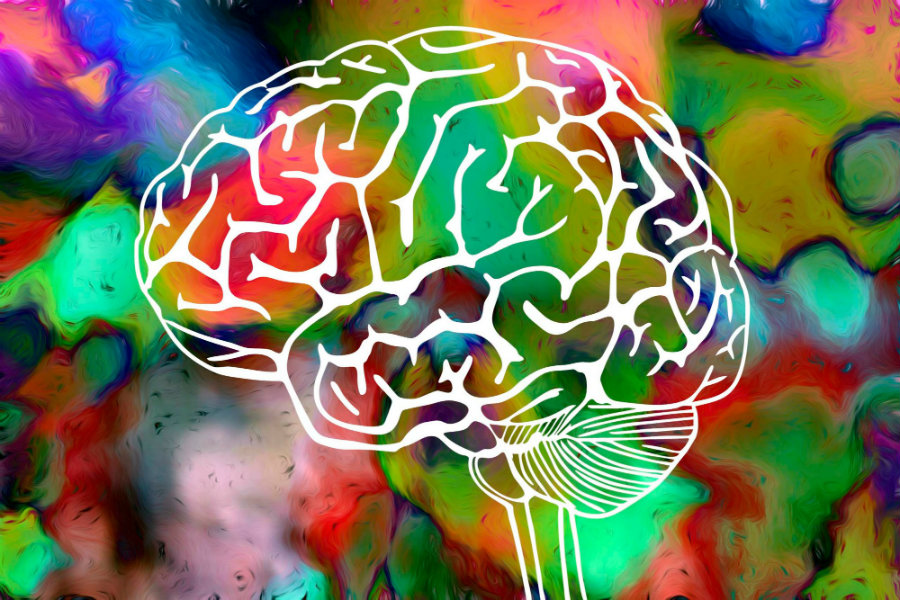Researchers determined that under the influence of psychedelic drugs, the brain experiences a much higher degree of neural signal diversity, a mathematical indicator of complexity when it comes to brain signals.
For example, when we sleep, neural signal diversity is lower because the brain has to process a lower number of stimuli and sources of information. When we’re awake, the brain has to keep all senses in control while also processing thoughts, resulting in a higher degree of neural signal diversity.

Based on the brain scans presented in the study, it seems that psychedelic drugs do allow humans to reach a “higher” state of consciousness.
Higher in the sky with diamonds
The study was performed by brain specialists from the University of Sussex, U.K. They analyzed data collected by the Imperial College London and the University of Cardiff, which had healthy participants take a dose of either psilocybin, ketamine, or LSD, and then be subjected to a brain scan.
Looking at the scan, researchers determined that neural signal diversity was higher in all three states compared to normal. They note that this “elevated” state of consciousness is not necessarily better, although it is quite different from what goes through a person’s mind on a day-to-day basis. The results were classified as “robust and repeatable” by the authors.
The conclusions drawn may help draw the baseline for future studies on the use of said drugs for treating depression, bipolar disorder, and many other mental illnesses that cannot be cured through conventional methods.

“The present study’s findings help us understand what happens in people’s brains when they experience an expansion of their consciousness under psychedelics. People often say they experience insight under these drugs – and when this occurs in a therapeutic context, it can predict positive outcomes. The present findings may help us understand how this can happen,” stated Dr. Robin Cahart-Harris from Imperial College London.
Currently, the team is focusing on how the information flows on the brain while under the effects of a particular drug. This is expected to shed light on hallucinations and other conscious events.
Psychedelics as therapy
Users of psychedelic drugs are known to have insightful experiences, which could be useful in a therapeutic context, helping achieve positive results when treating the patient. Helping patients learn more about themselves and live under a different state of consciousness could be pivotal for psychotherapy.

LSD has been used in therapeutic studies since the 1970s, as it has been a drug able to help people to “catalyze spiritual or mystical experiences and to facilitate feelings of interconnection.” The Multidisciplinary Association for Psychedelic Studies in California is focused on researching LSD to help people with personal growth, improving creativity, and contribute to achieving an overall improved state of mental health.
LSD therapy has been used to treat alcoholism and even severe depression on people with cancer. Psilocybin is a similar drug, although it causes a considerably different set of signals within the brain, as evidenced by the study at hand.
Source: University of Sussex
